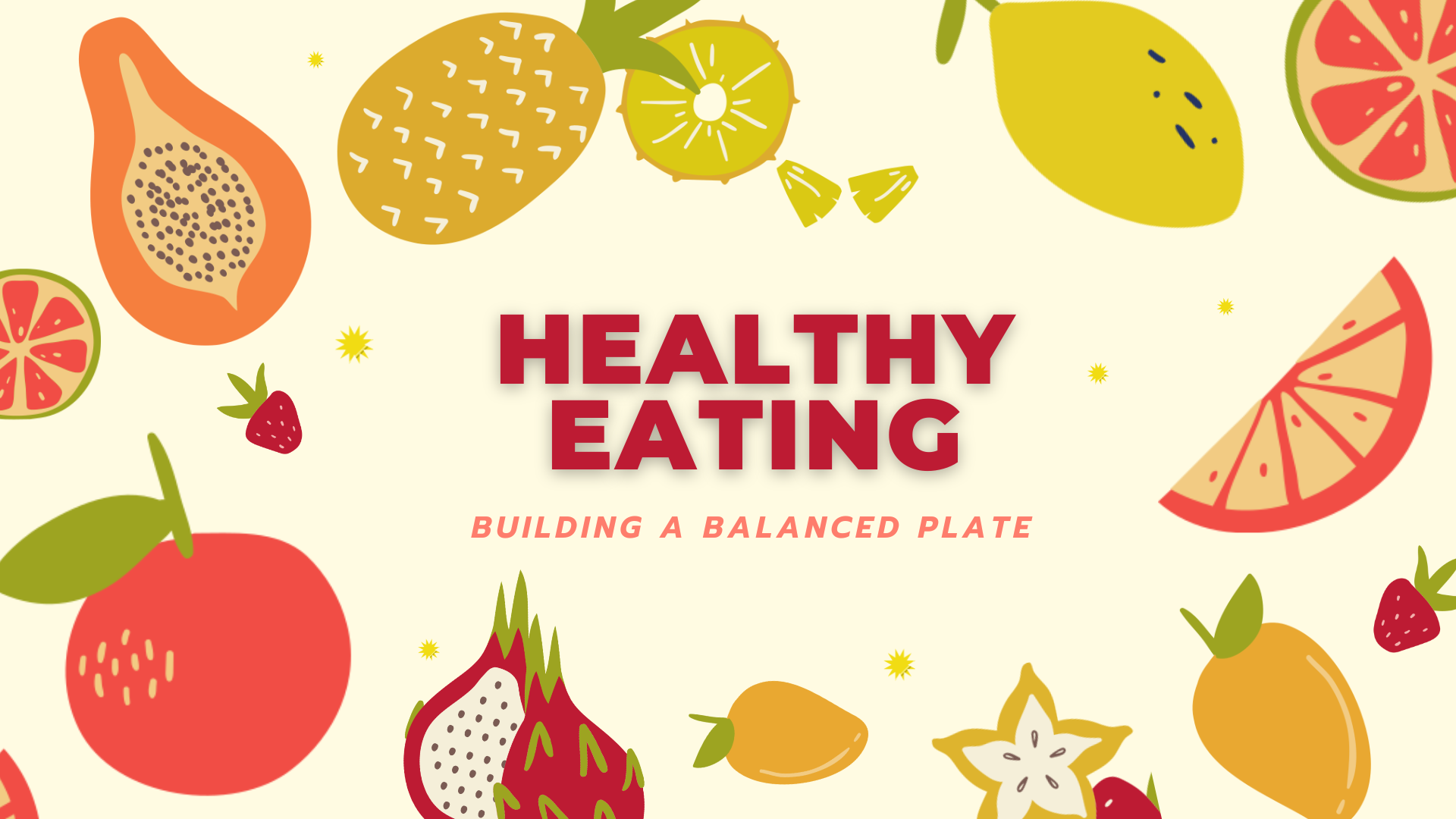Overview
Are you looking to teach your students the basics of healthy eating? In this activity, your students will learn and practice how to balance their plates and build healthy snacks and lunches. You and your students will also receive a healthy eating guide that can assist you when making decisions about what you should include on your balanced plate each day.
NB Curricular Connections
Curriculum Connection:
Personal Wellness 3-5
- Strand: Wellness – Big Idea: Healthy Lifestyle – Skill Descriptor:
- Grade 3: Explore personal health habits that contribute to wellness.
- Grade 4: Describe personal health habits that contribute to wellness.
- Grade 5: Assess personal health habits that contribute to wellness.
- Strand: Wellness – Big Idea: Helpful and Harmful Choices – Skill Descriptor:
- Grade 3: Distinguish between helpful and harmful substances and their effects on health.
- Grade 4: Describe strategies to avoid the use of harmful substances.
- Grade 5: Discuss the factors that influence healthy choices.
- Strand: Career Connected Learning – Big Idea: Thinking About Potential Career Pathways – Skill Descriptor: Demonstrate an informed vision for the future linked to your own interests, preferences, values, and abilities.
Mathematics 3-5
- Strand: Number – Big Idea: Number Sense – Skill Descriptor: Justify choices to determine “how many” using personal strategies
Visual Arts 3-5
- Strand: Create – Big Idea: Application and Product – Skill Descriptor: Create and present expressive work for a range of audiences and purposes using a variety of art media including technology.
What you’ll need
- Healthy Eating Balanced Plate Guide (PDF)
- Understanding a Balanced Diet Activity (PDF)
- Crayons and markers
- Internet connection, computer, speakers
Instructions
- Start the lesson by completing the “Understanding a Balanced Diet Activity” (See attached)
- Have a discussion with your students and discuss what a “balanced plate” looks like.
- What does it include? What doesn’t it include? How do you know your plate is balanced? Etc.
- Watch the 1:00 video below on the basics of building a healthy plate and balanced meal. The video will help support the guide provided as a PDF.
What is a Balanced Meal? – YouTube- Briefly discuss the concepts in the video: food groups, proportions, and healthy eating with the students.
- Hand out the Healthy Eating Balanced Plate Guide (See attached) to your students. Walk through the directions and allow the students time to look through the guide and create their own examples of balanced snacks or lunches.
- Think/Pair/Share – Place the students into small groups and allow them time to discuss the activity and share their examples.
- Did you come up with any food items to add to the guide?
- Which of your examples would you most likely choose to eat?
- What was your favorite snack and lunch you created?
- What treat did you include in your examples?
- What did you learn from this activity?
- Class Discussion – As a whole class, discuss the importance of eating a balanced diet.
Reflection Activity
Please see the attached PDF for several choices on how you and your learners can reflect upon today’s activity.




